This Is South Africa
Love, despair, and human progress converge in a magnificent land.
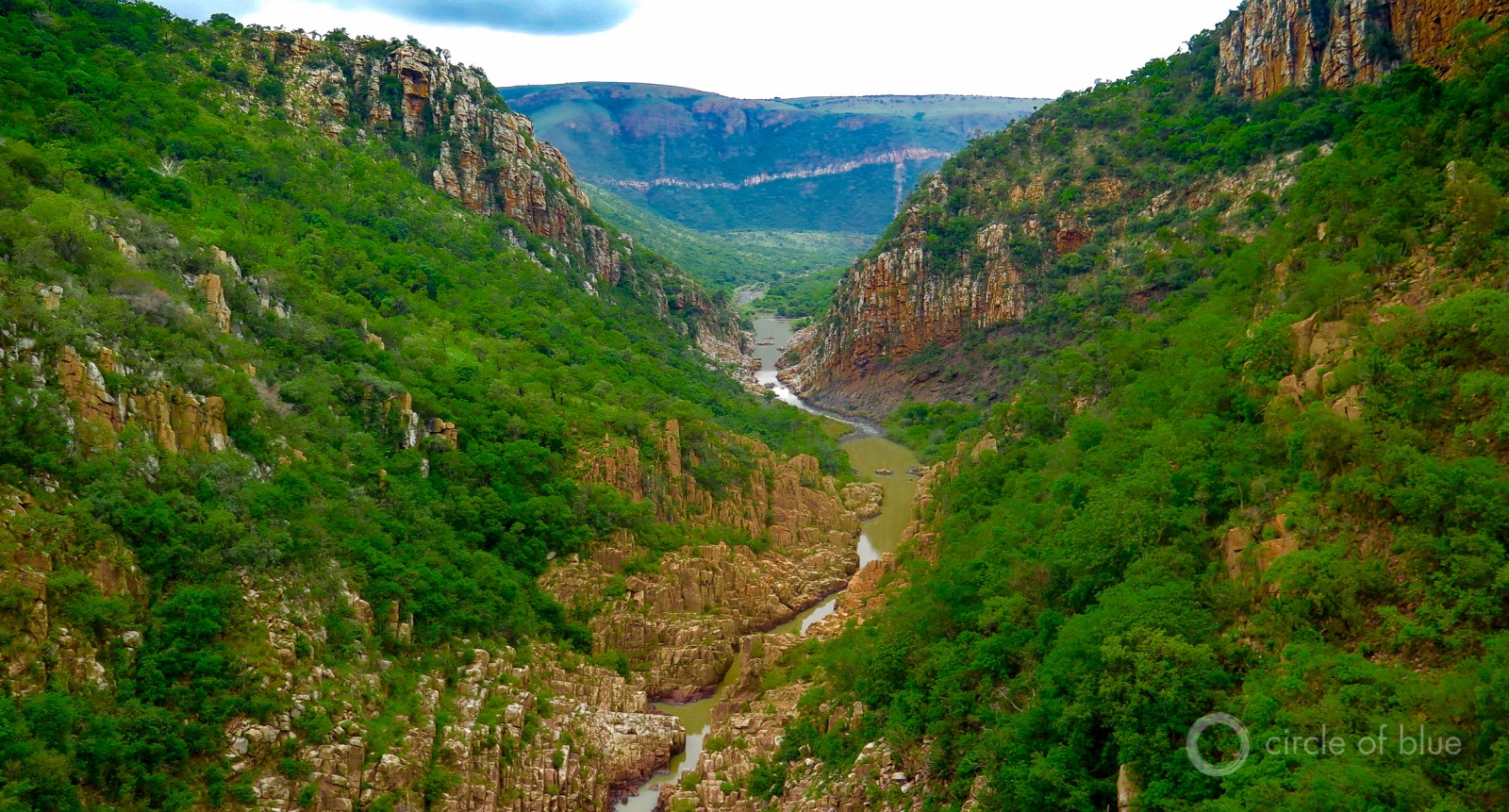
Bivane gorge upstream of Pongola in northern Kwazulu-Natal province. Photo © Keith Schneider / Circle of Blue
By Keith Schneider
Circle of Blue
CAPE TOWN, South Africa — There may be no other place on Earth where the land unfolds with such breathtaking beauty, where the green waves of Kwazulu-Natal valleys and the purple summits of Karoo desert ridges have such a powerful emotional lease. From the cold blue ocean waters of Cape Town to the limitless Highveld expanses of Mpumalanga, South Africa’s geographic magnificence serves to both inspire this nation and to mock its racial divisions, government mismanagement, and misguided carbon-intensive economic strategy.
What South Africa embraces in abundance is passion.
South Africa has no frilly edges, no centers of foolish mirth or artifice. There are no enclaves of hyper-intellectual, digitally-driven, fabulously confident venture capitalists investing in online apps that change the world. One of the country’s most-visited tourist destinations is an Atlantic Ocean island where black activists were imprisoned before they became president. The red carpets that South Africans talk about are not entrances to galas. They are the blood of victims of government-sanctioned massacres.
What South Africa embraces in abundance is passion. Passion for the land. Passion for progress. Passion for 22 years of liberty since the 1994 elections that ended Apartheid. Passion to prove that the endowment of optimism, the allegiance to justice that led to the election of Nelson Mandela as the new republic’s first president, isn’t lost in a gout of corruption and cronyism fostered by Jacob Zuma, the nation’s fourth president. “What scares me the most in current day South Africa,” wrote Solly Moeng, a communications consultant, in the April 13, 2016 edition of the leading South Africa news site Fin24.com, “is the growing realization that we have placed our fate squarely into the hands of a bunch of politicians who, now faced with the growing prospects of losing much of the power they’ve taken for granted all along, might stop at nothing to retain it.”
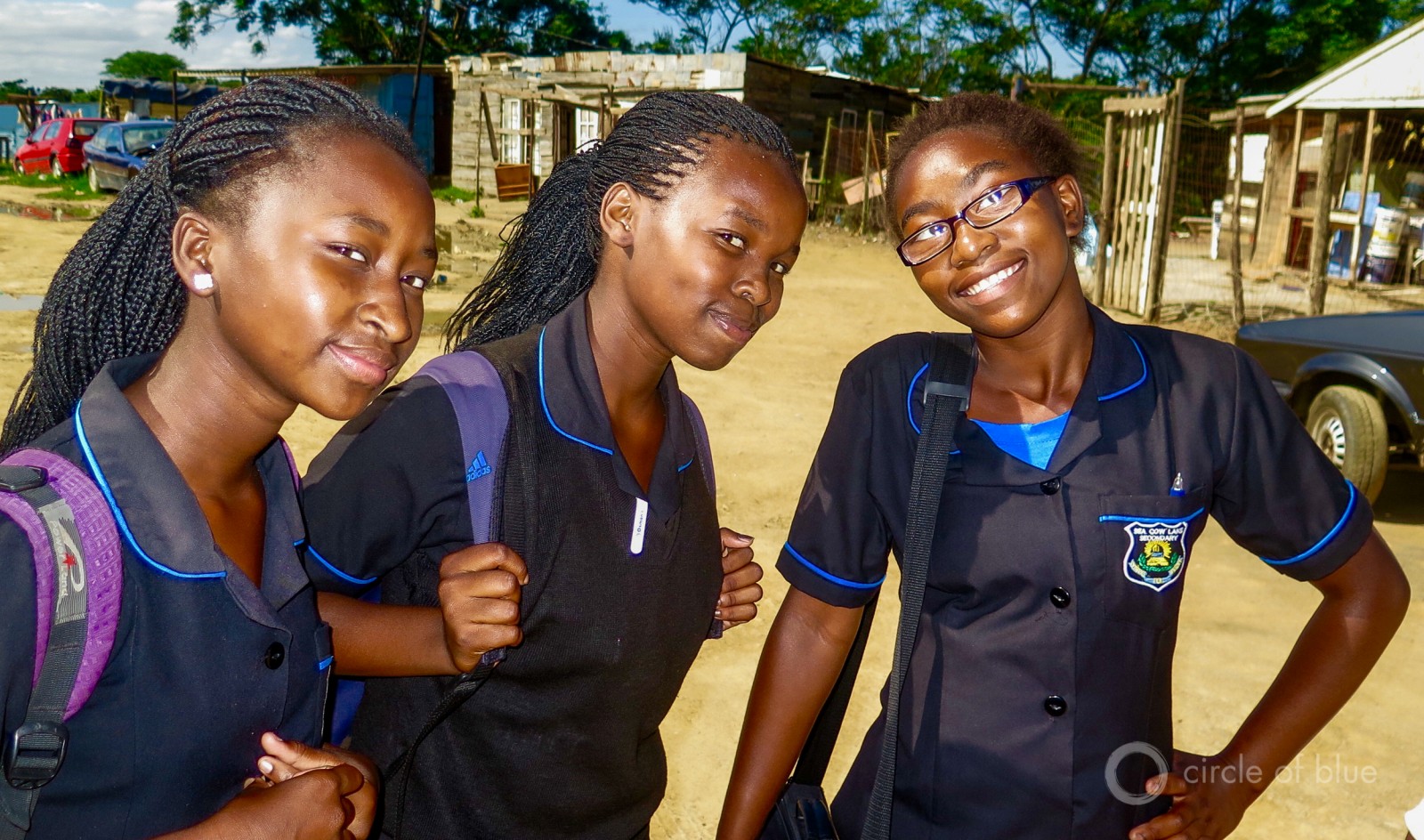
Schoolgirls from an informal settlement in Durban. Photo © Keith Schneider / Circle of Blue
Passion steers South Africa’s progress now. In seven weeks of travel, scores of people of all races and ages in eight of the country’s nine provinces expressed their deep frustration about South Africa’s mounting social and economic turmoil. They displayed a patriot’s commitment to understand the sources of the tumult and resolve them. And everyone marveled at the gifts that God and nature had bestowed on their beloved country. TISA. This is South Africa.
Here are other notable features of South Africa’s distinctive place on Earth:
Love
Though too many black South Africans struggle with numbing joblessness and poverty, and too many white South Africans despair at the diminished state of their country, blacks and whites share the most important human values. South Africans are generous, unselfish, and full of love. Everywhere in South Africa we were invited into homes, hugged and fed, and celebrated as new friends and not as strangers. Our experience in black communities was especially appealing. Though too many black families live in informal settlements with limited access to running water and decent sanitation, the grinding conditions seem not to have diminished the communal culture that has developed over centuries.
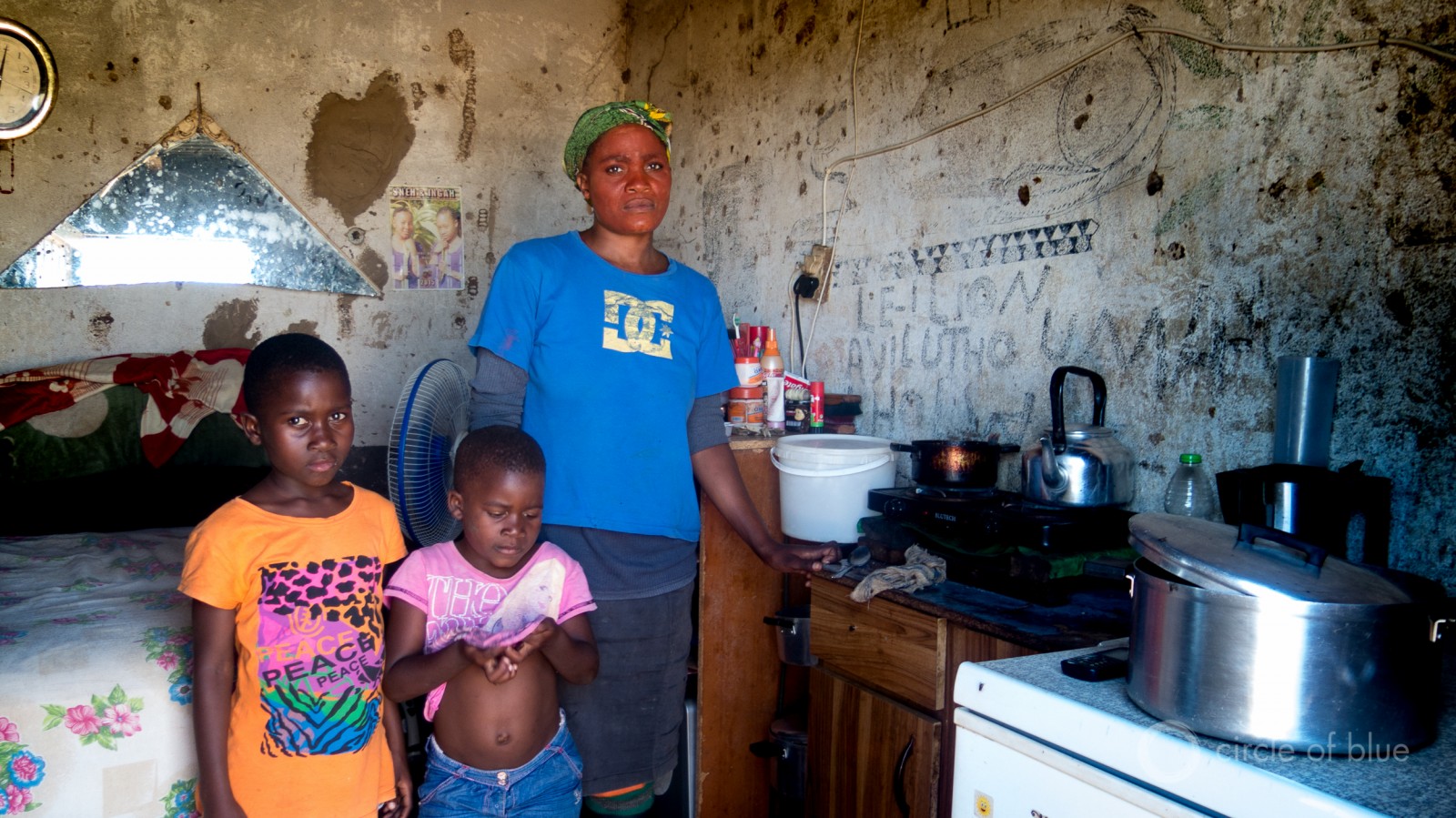
A laid off sugar cane farmworker and her children in Pongola. Photo © Keith Schneider / Circle of Blue
Families live together in two or three homes side by side, whether it’s in informal settlements, on a suburban street, or in compounds of round thatched roof homes in the countryside. Wherever they reside, families share resources, and rely on younger adults to care for babies and elders. Communities also do the same. People gather in groups to consider facts and reach decisions collectively. The communal culture builds trust and produces generous volumes of love that black South Africans lavish on each other and on visitors.
More Despair
For nearly a century, until the practice ended in 1994, South Africa’s white Afrikaans Apartheid government bullied its black, colored, and Indian communities. Whites occupied the best jobs, the best neighborhoods, the choicest lands. People of the three other communities, and especially black South Africans, were confined to designated neighborhoods and regions without liberty to travel, go to good schools, buy land, or seek employment outside of menial labor. The oppression produced viral hatred of government. The election of Nelson Mandela as the first black president in 1994, and the adoption of a constitution that stressed human rights and justice, produced waves of popular optimism about opening a new era of freedom and opportunity fostered by a competent government elected by all of the people.
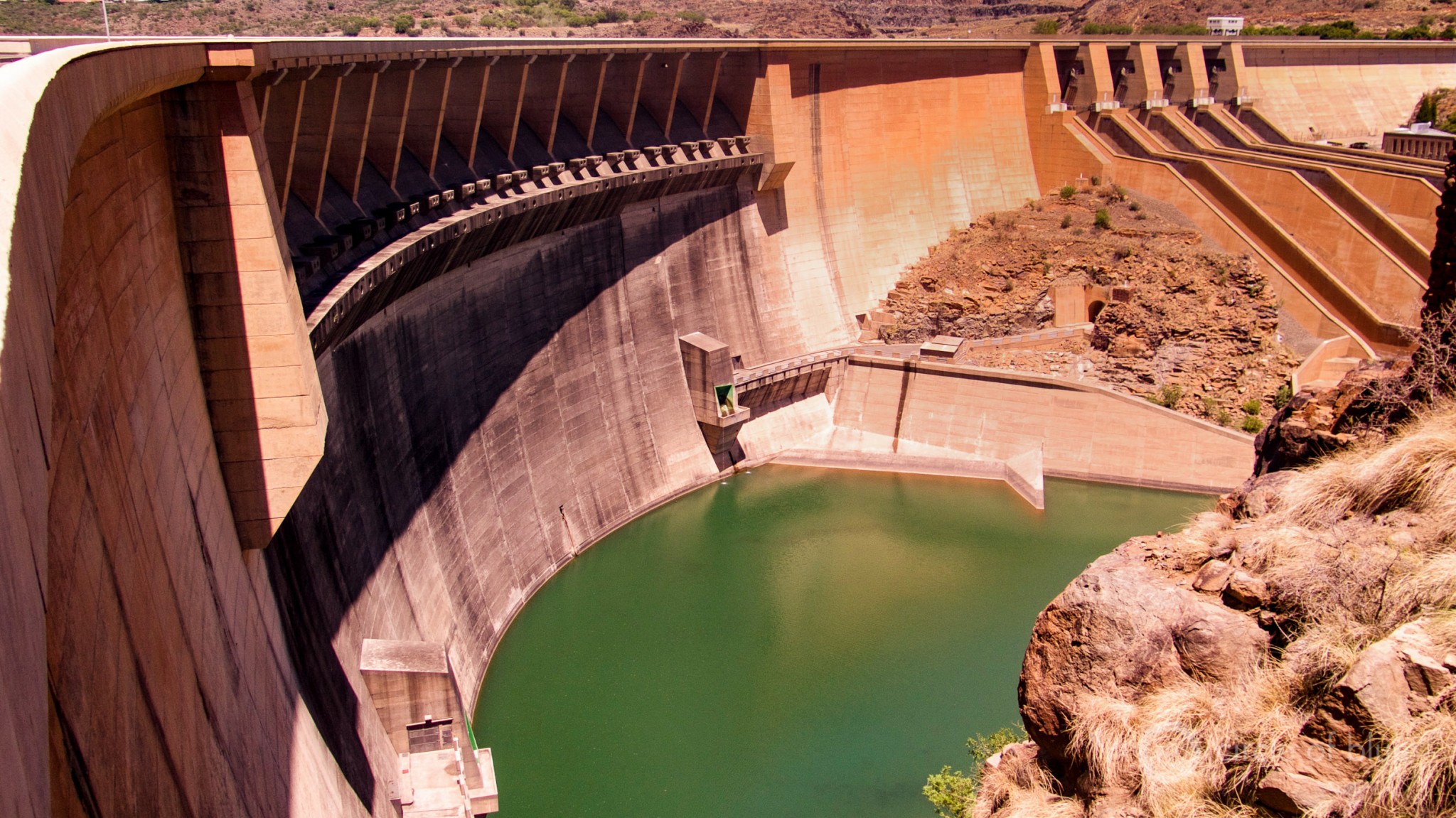
The Vandekloof Dam on the Orange River in Northern Cape province was completed in 1977 and holds back one of South Africa’s largest reservoirs. Photo © Keith Schneider / Circle of Blue
Two decades into the 21st century, though, South Africa is managed by an ineffective and corrupt administration making numerous poor decisions about economic development and social progress. South Africans of every race despise what’s happening to their country. One consequence is that President Jacob Zuma is under siege from South Africans and opposition parties seeking his impeachment.
Rand/Dollar Exchange
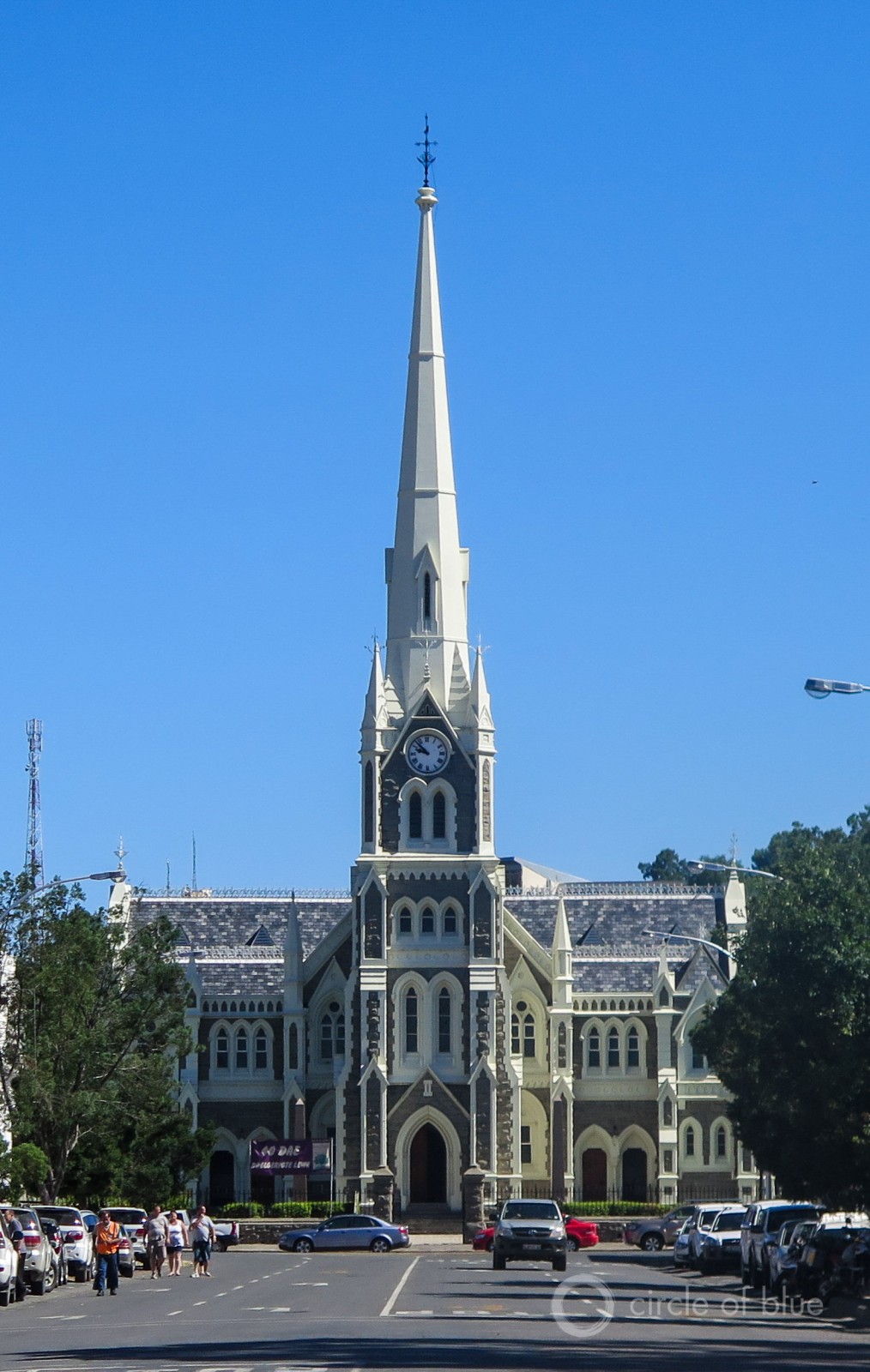
The Dutch Reform church at the center of Graaff-Reinet, a desert Karoo town that is South Africa’s fourth oldest. Photo © Keith Schneider / Circle of Blue
It’s going to take awhile for me to comfortably dine out in the United States. That’s not due to the quality of restaurant meals in South Africa. It’s because of their cost. In January and February, due to a convergence of political missteps, a deep drought, and sliding global prices for minerals and energy, the South African rand slipped to its lowest value in history. One rand scarcely equaled 6 U.S. cents. The entire trip was undertaken at a deep discount. Lodging that would cost $150 a night in the United States was the rand equivalent of $60 or $70 in South Africa. Good restaurant meals, typically $40 a person in the U.S., were $12 a person in South Africa. It’s tough to travel in any country – with costs for a rental car, fuel, meals, lodging, and guides — for $135 a day. In South Africa, with the favorable rand/dollar exchange, that turned out to be a suitable budget.
Cape Town
With nearly 4 million metropolitan region residents, Cape Town is South Africa’s largest city, and one of the world’s most beautiful. Cape Town’s meticulous leafy neighborhoods run the length of Atlantic Ocean beaches and drape across the steep slopes of Table Mountain, Cape Town’s globally famous landmark. Metropolitan managers invested in Cape Town’s waterfront to create a civic space alive with seafood restaurants, watering holes, food markets, artisan craft stalls, and music.
Ferries run regularly through the day to the Robben Island prison where Mandela spent nearly two decades in confinement. Traffic is reasonable. The international airport is close. Reasonably priced overnight trains operate through the day to destinations inland, including Johannesburg. Lodging is $70 a night in bed and breakfasts with pools, and blessed by rising sun hues of pink and yellow on the dawn side of Table Mountain.
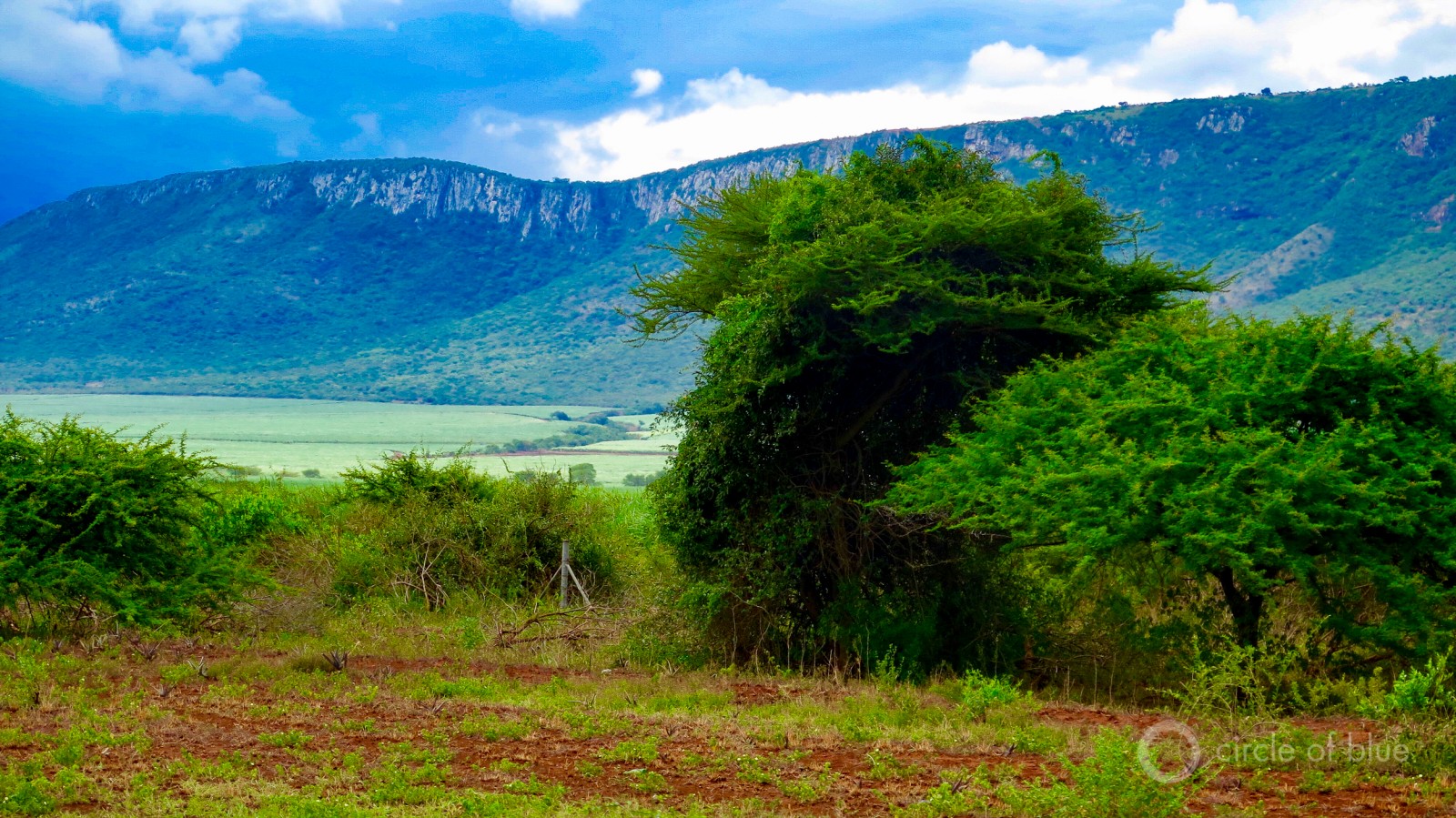
Sugar cane fields in northern Kwazulu-Natal province lap at the feet of the region’s tabletop ridges. Photo © Keith Schneider / Circle of Blue
Gandhi in South Africa
In April 1994, when Nelson Mandela cast the first vote in South Africa’s first free election, he stood on a hilltop polling station within sight of Phoenix Settlement. The moment was significant in too many ways to count. Yet among the many heart-soaring distinctions was how close Mandela was to Phoenix Settlement, the tiny Durban neighborhood where Mahatma Gandhi perfected his communications and non-violent organizing skills.
Gandhi arrived in Durban in 1893 as a young and highly educated Indian immigrant to serve as legal counsel to a merchant. His political ire was ignited during a rail trip to Pretoria. Gandhi was seated in the first-class compartment, which irritated a white passenger who summoned a security officer.
Gandhi was physically thrown off the train after refusing requests to take a seat in a compartment meant for non-whites. “It was winter,” Gandhi wrote in his autobiography, and “the cold was extremely bitter. My overcoat was in my luggage, but I did not dare to ask for it lest I should be insulted again. So I sat and shivered.” According to several accounts, Gandhi “began to think of his “duty”: ought he to stay back and fight for his “rights”, or should he return to India? His own “hardship was superficial,” “only a symptom of the deep disease of colour prejudice.”
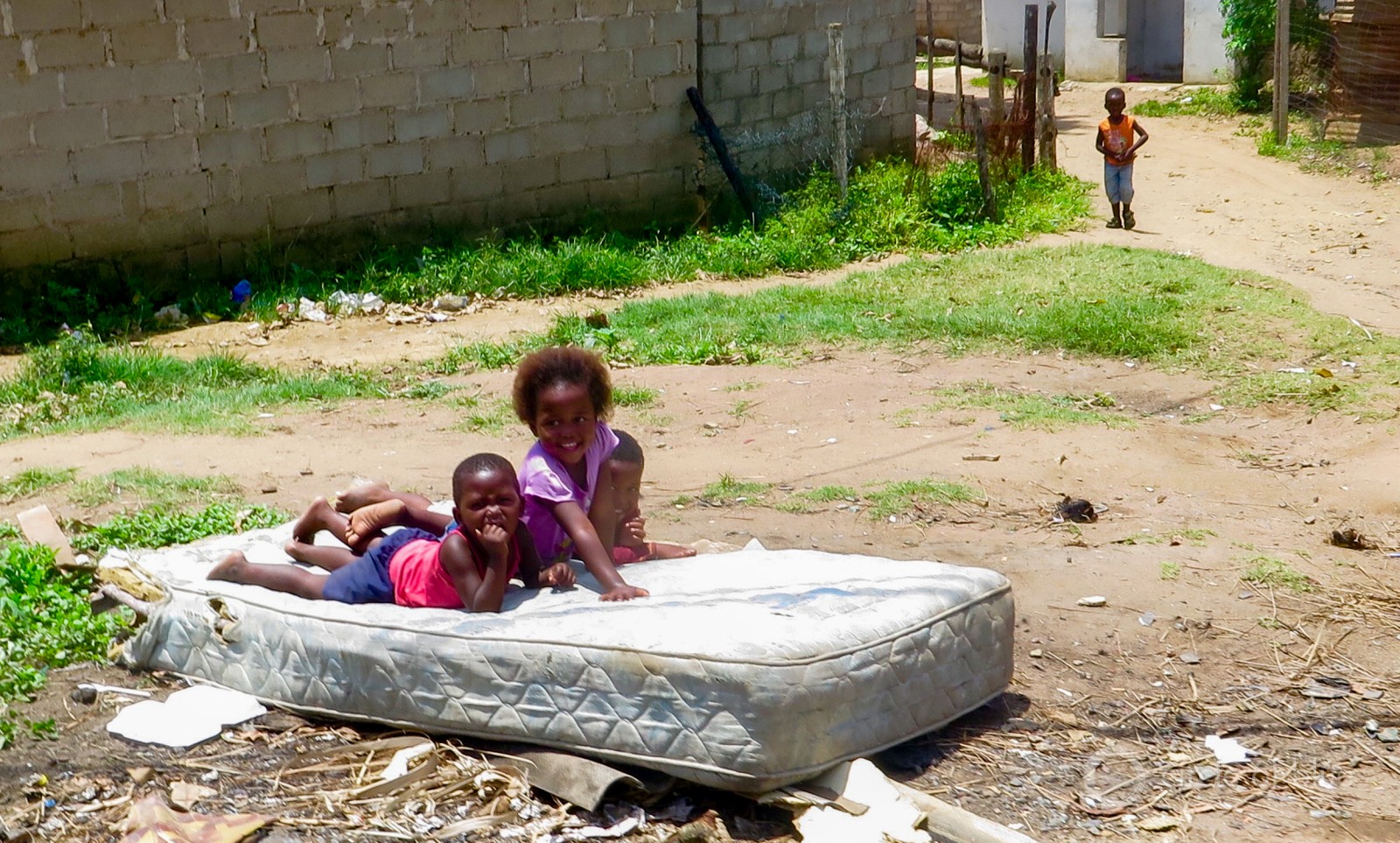
Children playing on a mattress at an informal settlement in Durban. Photo © Keith Schneider / Circle of Blue
The Phoenix Settlement today is a national monument, not terribly prominent, with a reconstruction of the fire-bombed home where he lived, and the actual building where he published Indian Opinion, an important newspaper. There are photographs, framed quotations, and a bust of Gandhi, a gift of the Indian government. During my visit, the straight arrow line was so clear from Gandhi, who lived in South Africa, to Martin Luther King Jr., who delivered an important speech on Apartheid in 1964, to Mandela, to Barack Obama, who twice visited South Africa as a U.S. senator and as president. The land, its division, its pain and human potential inspired four of the greatest leaders of the last 100 years.
Climate Calamity
South Africa is among the nations of the Southern Hemisphere that climate change effects most deeply. Hotter temperatures and severe disruptions of the hydrological cycle rip through South Africa’s economy and well-being in a number of clearly visible ways. A deep drought now in its second year torments the farm sector, shrinking harvests of major commodities by half, and aggravates already serious unemployment and crime. Civic opposition to coal and mineral mining, much of it formed around water scarcity, is intense.
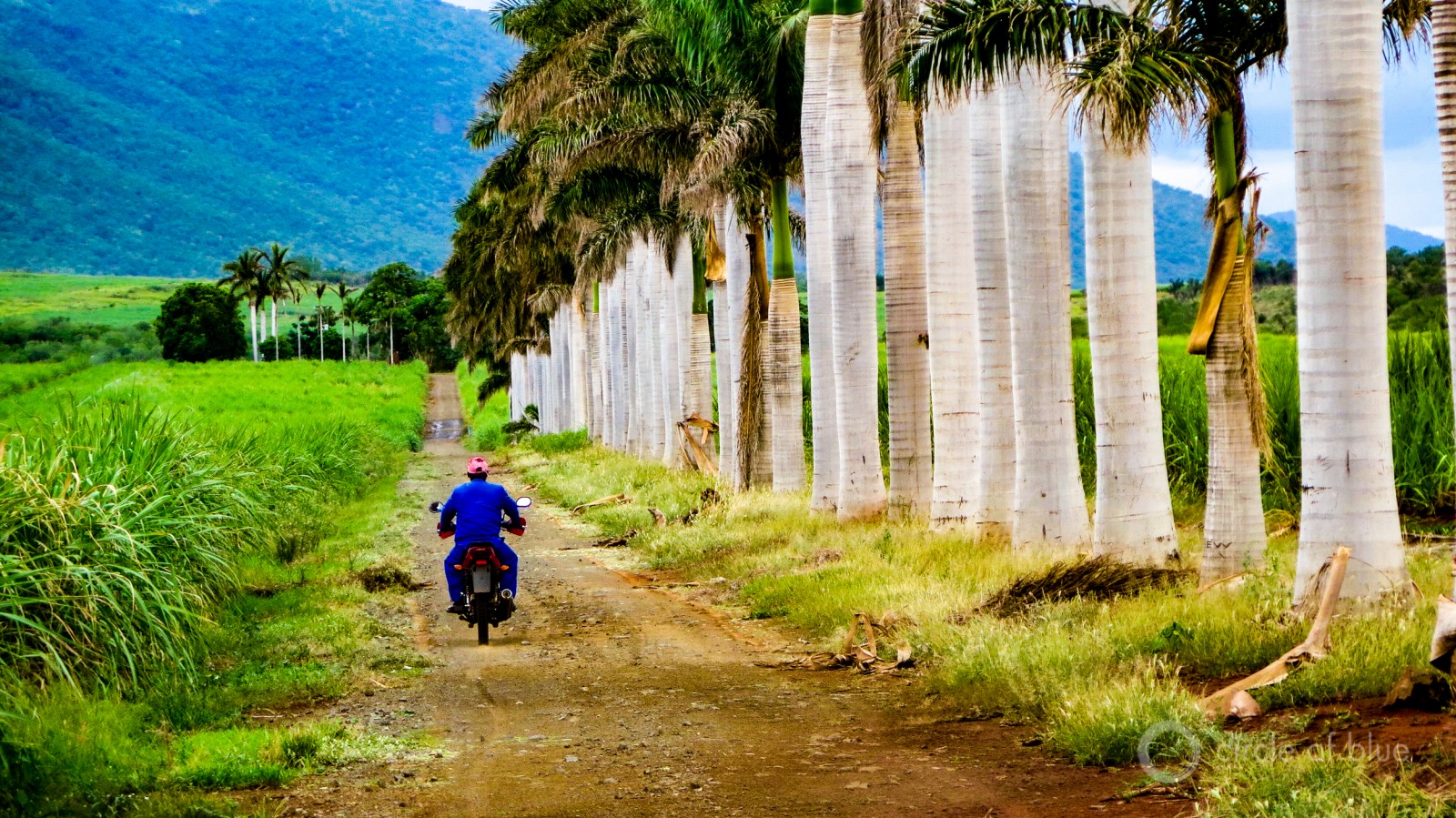
Royal palms line a farm road between sugar cane fields in northern Kwazulu-Natal province. Photo © Keith Schneider / Circle of Blue
Ignoring Effects of Climate Change
South Africa anticipated the consequences of climate change. Under Thabo Mbeki, the second black president, South African academics and government agency authorities wrote and published a set of planning documents for energy, agriculture, sustainability, water supply, urban development, mineral development, and transportation that recognized the inevitable effects of the changing climate and recommended alterations in policy and practice.
The intent was to set South Africa off on a new sustainable future more fit for 21st-century conditions. With the exception of one major sector — clean energy development — South Africa has largely dismissed most of the core recommendations of these formative planning projects. President Jacob Zuma’s government pursues a big farm agricultural policy and a conventional energy development path — coal, imported gas, uranium — that is producing huge public opposition, draining the treasury, diminishing water security, and looks unfit for contemporary conditions.
Climate change does not directly cause South Africa’s myriad deteriorated conditions. It is definitely a force-multiplier, though.
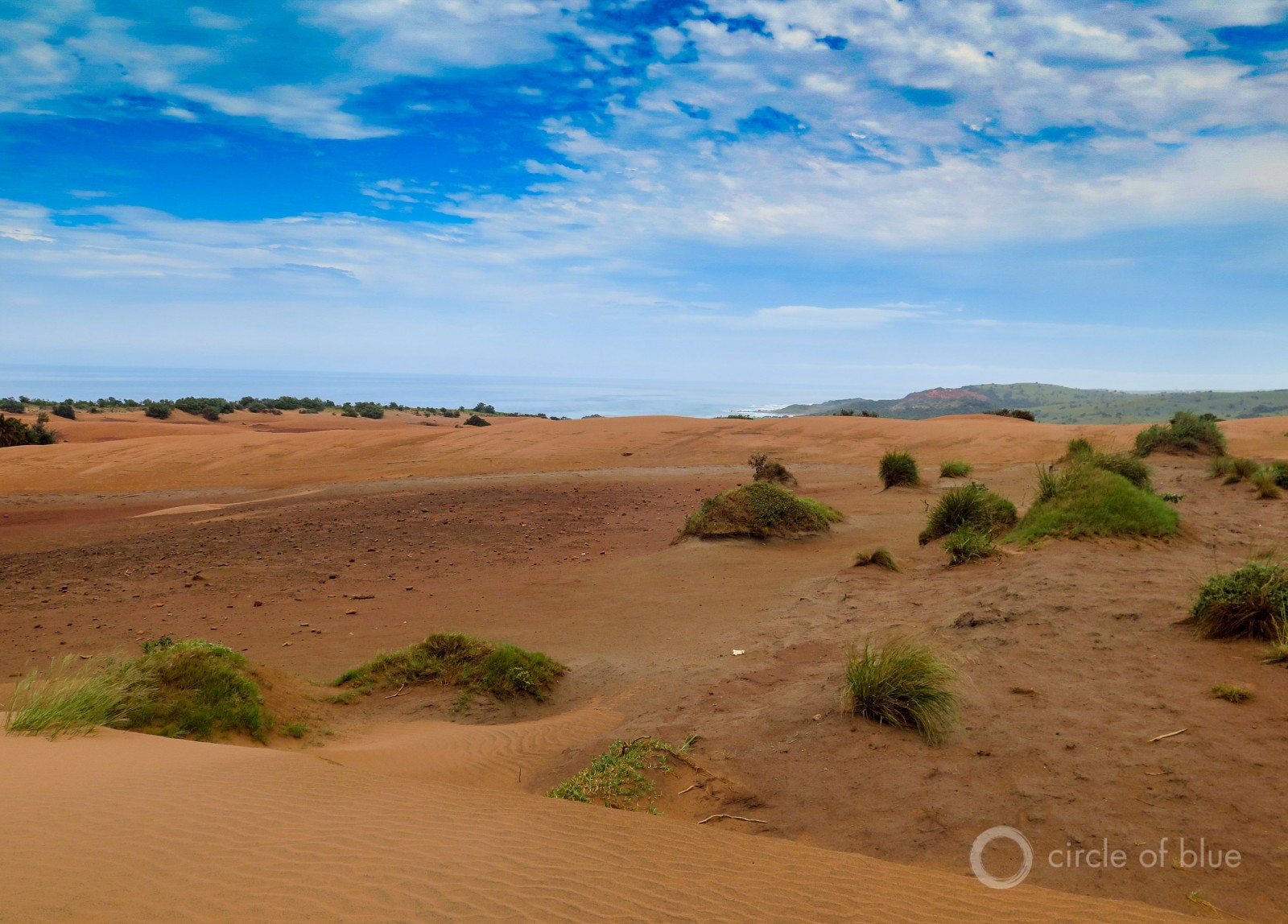
The Indian Ocean beach along the northern reaches of South Africa’s Wild Coast is the site of a fierce conflict over a titanium mine proposed by Mineral Commodities Ltd., an Australian developer. Photo © Keith Schneider / Circle of Blue
A Great Human Adventure
South Africa is a nation thrashed by the planet’s changing ecology, and twisted by the circumstances of an evolving economy and society. Every corner of South Africa is affected. Low wages generate angry strikes by miners, transit workers, and manufacturing employees. A dangerous conflict over mining and highway construction on the Wild Coast resulted in the assassination last month of an opposition leader. Home invasions, car jacking, rape, and other violent crime is endemic.
Some people choose to leave. More than 20,000 white South Africans departed the country annually from 2011 to 2015, according to national figures.
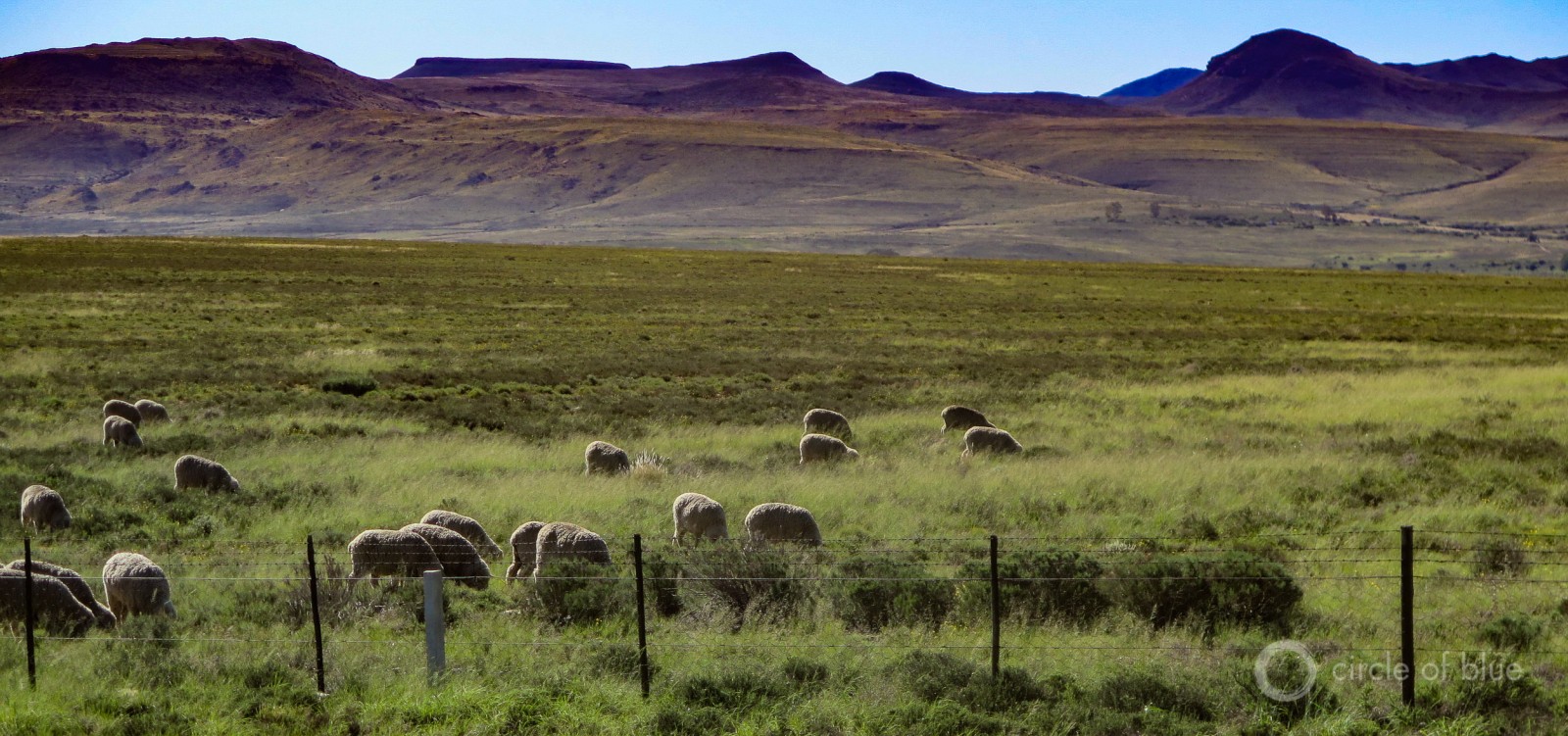
Sheep graze the broad valleys of the Karoo in Northern Cape province. Photo © Keith Schneider / Circle of Blue
South Africa, though, also is a young nation with prodigious natural and human resources that is determined to succeed. Local elections scheduled for August are likely to replace the inept crony candidates of the African National Congress, the ruling party, with pragmatists intent on fitting South Africa’s economy to the new market opportunities and ecological conditions of this century.
Though it is hard for South Africans to see an end to the national turmoil, people outside the country clearly do. During that same period from 2011 to 2015, over 1 million Africans and more than 40,000 Asians emigrated to South Africa to live, to work, and to be part of a great human adventure at the bottom of the continent. TISA. This is South Africa.
Read more of Circle of Blue’s Choke Point: South Africa reporting.
Circle of Blue’s senior editor and chief correspondent based in Traverse City, Michigan. He has reported on the contest for energy, food, and water in the era of climate change from six continents. Contact
Keith Schneider



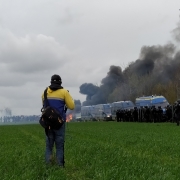
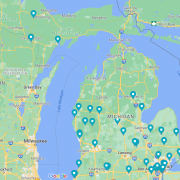
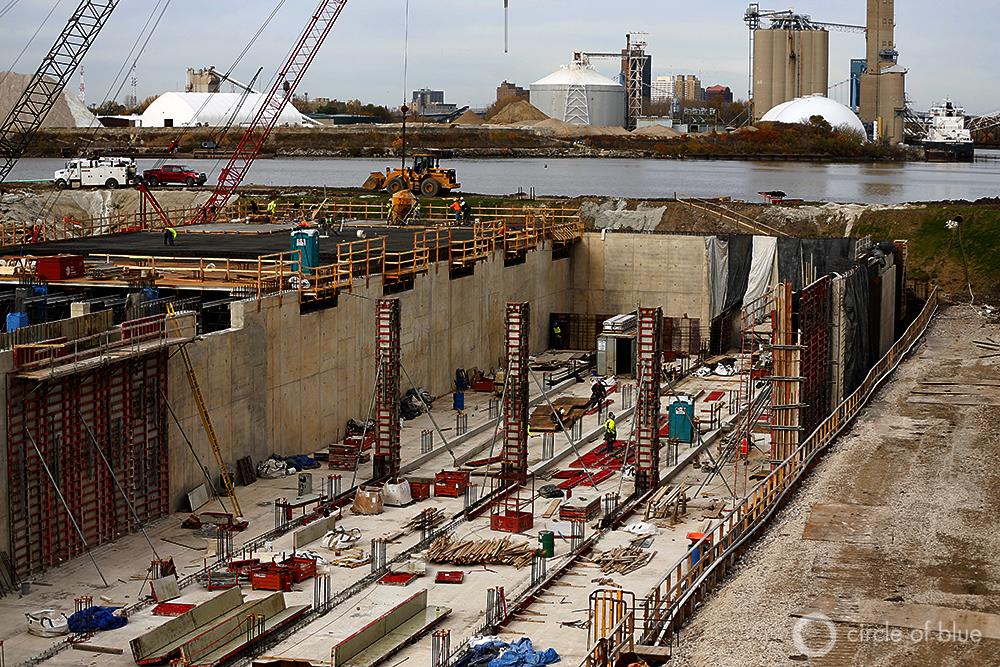

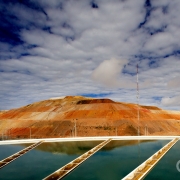
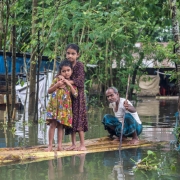


Leave a Reply
Want to join the discussion?Feel free to contribute!